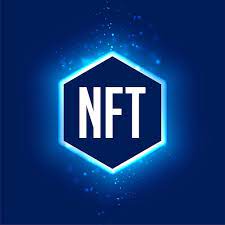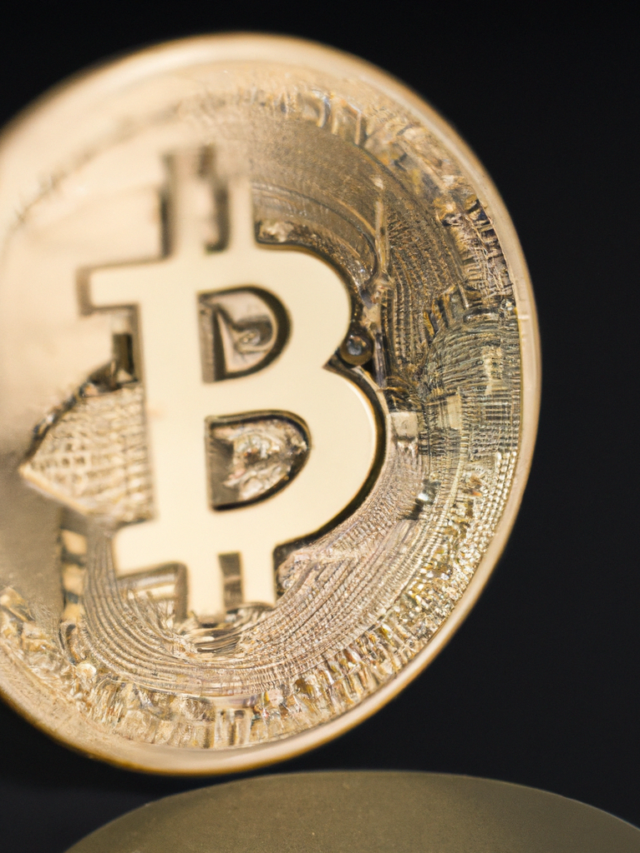As the world of blockchain technology continues to evolve and gain mainstream acceptance, two terms that have become increasingly popular are NFTs (Non-Fungible Tokens) and cryptocurrencies. While these terms are often used interchangeably, they actually refer to two distinct concepts with different use cases and features. In this blog, we will explore the differences between NFTs and cryptocurrencies and provide a beginner’s guide to understanding both.

What are Cryptocurrencies?
Cryptocurrencies are digital assets that use cryptography to secure their transactions and control the creation of new units. The most well-known cryptocurrency is Bitcoin, but there are now thousands of others in circulation, such as Ethereum, Litecoin, and Dogecoin.
Cryptocurrencies are “fungible,” which means that each unit is interchangeable with another unit of the same value. For example, if you have one Bitcoin and I have one Bitcoin, we can exchange them without any difference in value. This is why cryptocurrencies are often compared to traditional currencies, such as the US dollar or the Euro.
One of the most significant advantages of cryptocurrencies is that they are decentralized, which means that they are not controlled by any central authority, such as a government or a financial institution. This decentralization allows for greater transparency, security, and privacy in transactions, as well as a level of anonymity for users.
Cryptocurrencies are typically used as a store of value, a medium of exchange, or a speculative investment. Some people also use cryptocurrencies to purchase goods and services, although their adoption as a mainstream payment method is still relatively low.
What are NFTs?
NFTs, on the other hand, are a type of digital asset that is not interchangeable. Each NFT is unique and has its own distinct value, which is determined by factors such as rarity, authenticity, and cultural significance.
NFTs are typically used to represent digital artwork, music, videos, and other forms of media that can be bought and sold as collectibles. They are created using blockchain technology, which allows for the creation of a unique digital signature that verifies the authenticity and ownership of the asset.
One of the main advantages of NFTs is that they allow creators to monetize their digital creations in a way that was previously not possible. By creating an NFT, an artist can sell their work directly to collectors, without the need for intermediaries such as galleries or auction houses. This has the potential to democratize the art world and make it more accessible to a wider audience.
Another advantage of NFTs is that they allow for greater transparency and security in the buying and selling of digital assets. Each NFT is stored on a blockchain, which provides a permanent and tamper-proof record of the transaction history and ownership of the asset.
Differences between NFTs and Cryptocurrencies
While NFTs and cryptocurrencies are both based on blockchain technology, there are several key differences between the two.
- Fungibility vs. Non-Fungibility
As mentioned earlier, cryptocurrencies are fungible, which means that each unit is interchangeable with another unit of the same value. NFTs, on the other hand, are non-fungible, which means that each unit is unique and has its own distinct value.
- Store of Value vs. Digital Collectibles
Cryptocurrencies are typically used as a store of value, a medium of exchange, or a speculative investment. NFTs, on the other hand, are used as digital collectibles that represent unique works of art, music, videos, and other forms of media.
- Decentralization vs. Centralization
Cryptocurrencies are decentralized, which means that they are not controlled by any central authority. NFTs, on the other hand, are often created and sold on centralized platforms such as OpenSea or Rar
NFTs (Non-Fungible Tokens) have taken the art world by storm, providing a new way for artists to monetize their digital creations. NFT art is a unique type of digital artwork that is verified using blockchain technology, allowing for greater transparency and security in the buying and selling of digital assets.
What is NFT Art?
NFT art is a type of digital artwork that is created using blockchain technology. Each piece of NFT art is unique and has its own distinct value, which is determined by factors such as rarity, authenticity, and cultural significance.
NFT art can take many forms, including digital paintings, animations, videos, and even virtual reality experiences. These artworks are often sold as digital collectibles, allowing art collectors to own a unique piece of art that is authenticated using blockchain technology.
How does NFT Art Work?
NFT art is created using blockchain technology, which provides a permanent and tamper-proof record of the transaction history and ownership of the asset. Each piece of NFT art is verified using a unique digital signature, which ensures that it is authentic and that the owner has the exclusive rights to use and sell it.
To create an NFT artwork, an artist must first create a digital file of their artwork. They can then use a platform such as OpenSea or Rarible to mint the artwork as an NFT. This involves uploading the artwork to the platform and creating a smart contract that verifies the authenticity and ownership of the asset.
Once the NFT artwork has been minted, it can be bought and sold on various marketplaces. The artist can set the price for their artwork and receive a percentage of the sale price each time it is sold.
Benefits of NFT Art
NFT art provides several benefits to artists and art collectors, including:
- Monetization: NFT art allows artists to monetize their digital creations in a way that was previously not possible. By creating an NFT artwork, an artist can sell their work directly to collectors, without the need for intermediaries such as galleries or auction houses.
- Transparency: NFT art provides greater transparency and security in the buying and selling of digital assets. Each NFT artwork is stored on a blockchain, which provides a permanent and tamper-proof record of the transaction history and ownership of the asset.
- Accessibility: NFT art has the potential to democratize the art world and make it more accessible to a wider audience. By creating digital artwork that can be bought and sold online, artists can reach a global audience and connect with art collectors from around the world.
- Authenticity: NFT art provides a way for artists to verify the authenticity of their digital creations. Each NFT artwork is verified using blockchain technology, which ensures that it is unique and that the owner has the exclusive rights to use and sell it.
Conclusion
NFT art is a new and exciting way for artists to monetize their digital creations and for art collectors to own a unique piece of art that is authenticated using blockchain technology. With the potential to democratize the art world and make it more accessible to a wider audience, NFT art is a trend that is here to stay.

